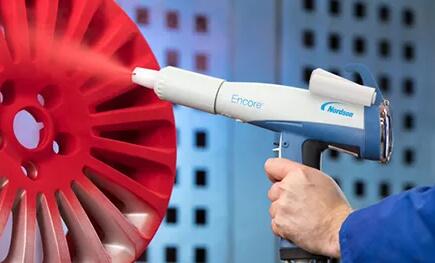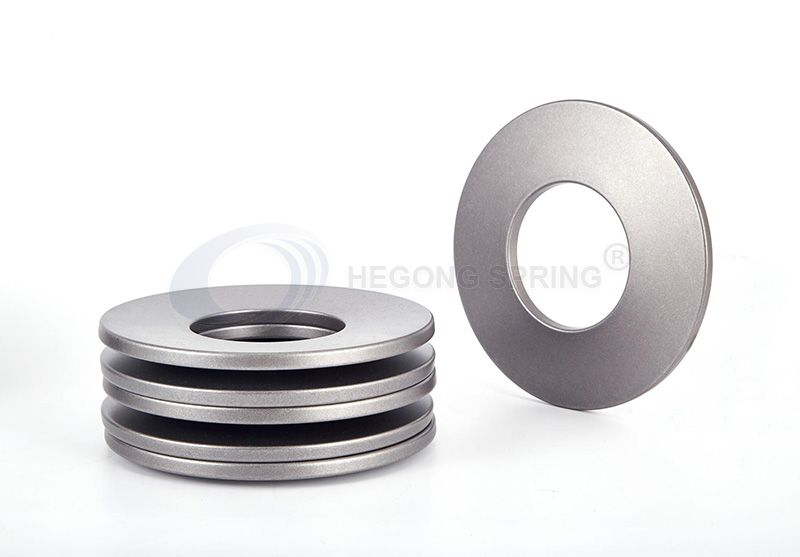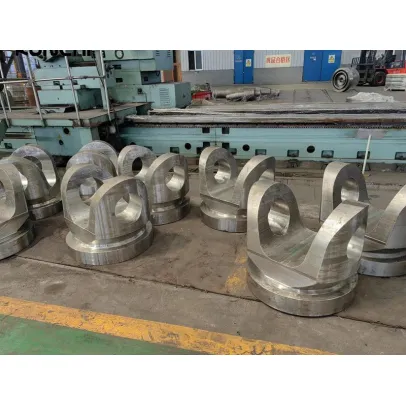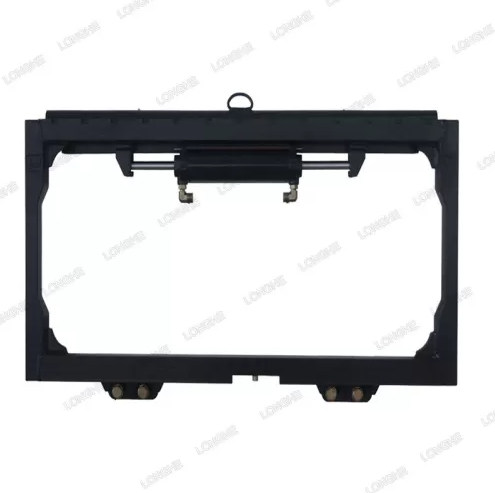- Automobiles & Motorcycles
- Beauty & Personal Care
- Business Services
- Chemicals
- Construction & Real Estate
- Consumer Electronics
- Electrical Equipment & Supplies
- Electronic Components & Supplies
- Energy
- Environment
- Excess Inventory
- Fashion Accessories
- Food & Beverage
- Furniture
- Gifts & Crafts
- Hardware
- Health & Medical
- Home & Garden
- Home Appliances
- Lights & Lighting
- Luggage, Bags & Cases
- Machinery
- Measurement & Analysis Instruments
- Mechanical Parts & Fabrication Services
- Minerals & Metallurgy
- Office & School Supplies
- Packaging & Printing
- Rubber & Plastics
- Security & Protection
- Service Equipment
- Shoes & Accessories
- Sports & Entertainment
- Telecommunications
- Textiles & Leather Products
- Timepieces, Jewelry, Eyewear
- Tools
- Toys & Hobbies
- Transportation
What are the different types of hydraulic check valves?
Hydraulic check valves are essential components in hydraulic systems, as they allow fluid to flow in one direction while preventing reverse flow. There are several types of hydraulic check valves, each designed for specific applications and operational requirements. Here are the different types:
Ball Check Valves:
These valves feature a spherical ball inside a valve body with a conical seat.
When the fluid flows in the forward direction, the pressure lifts the ball off the seat, allowing fluid to pass through.
In reverse flow or when there is backpressure, the ball is forced against the seat, sealing the valve and preventing flow.
Poppet Check Valves:
Poppet check valves use a cylindrical or conical poppet (plunger) to control flow.
In the forward direction, fluid pressure pushes the poppet away from the seat, allowing flow.
In reverse flow or when pressure decreases, the poppet returns to the seat, sealing the valve.

Swing Check Valves:
Swing check valves have a hinged flap or disc inside the valve body.
In forward flow, the fluid pushes the disc open, allowing flow.
In reverse flow, the weight of the disc and backpressure force it closed, preventing flow.
Lift Check Valves:
Lift check valves use a guided piston or disc to control flow.
When fluid flows in the forward direction, it lifts the piston or disc, allowing flow.
Reverse flow or reduced pressure causes the piston or disc to settle back onto the seat, blocking flow.
Diaphragm Check Valves:
Diaphragm check valves have a flexible diaphragm that acts as the sealing element.
Further reading:What type of engine is a diesel engine?
What is an outlet elbow?
What are the materials used in vibrating screen mesh?
What is a low pressure compressor used for?
What are the Types of Roller Bearings?
Selecting the Perfect Vertical Slurry Pump: Factors to Consider
Exploring the Diverse Applications of Gravel Pumps
In forward flow, the pressure lifts the diaphragm away from the seat, enabling flow.
Reverse flow or decreased pressure causes the diaphragm to seal against the seat.
In-line Check Valves:
In-line check valves are simple, non-return valves that allow flow in one direction only.
They are often used in hydraulic systems where space is limited.
These valves can come in various designs, including ball, poppet, or spring-loaded types.
Dual-Plate Check Valves:
Dual-plate check valves consist of two hinged plates that open to allow forward flow.
They provide a compact and efficient design for high-pressure applications.
Reverse flow or reduced pressure forces the plates to close and seal the valve.
Duckbill Check Valves:
Duckbill check valves have a flexible elastomeric sleeve with a duckbill-shaped opening.
Forward flow opens the duckbill, allowing fluid to pass through.
Reverse flow compresses the sleeve, closing off the valve and preventing flow.
Hydraulic Pilot-Operated Check Valves:
These check valves are controlled by hydraulic pressure and are often used in complex hydraulic systems.
They consist of a main valve and a pilot valve, allowing precise control of flow direction.
Each type of hydraulic check valve has its advantages and limitations, making it suitable for specific applications. The choice of the right check valve depends on factors such as flow rate, pressure, system requirements, and environmental conditions. Proper selection and installation of the appropriate check valve are crucial to ensure the reliable and efficient operation of hydraulic systems.
Diverse Applications of Vertical Centrifugal Pumps in Various Industries
Why do people choose deep groove ball bearing?
What Materials Are Used for Injection Molding?
What are forklift attachments and how do they work?
How Often Should You Replace Weather Stripping
Boat Winch Maintenance and Care: Tips for Longevity and Performance
Cast Aluminium Gate Q&A: Elevating Style and Security
Related Articles
If you are interested in sending in a Guest Blogger Submission,welcome to write for us!












Comments
0